Shotokan History
Shotokan was developed by Master Gichin Funakoshi, a school teacher from Okinawa, and his son, Gigo Funakoshi. Master Funakoshi trained in the the two major Okinawan styles of Nahate, Shorei-ryu and Shorin-ryu. Shotokan is a combination of the two. His style is true to the changes made in Nahate by Anko Itosu (the introduction of the Heian forms). He did change the names of the kata to make them easier for the Japanese to pronounce. He never named his Karate, merely referred to it as Karate.
The first splash in the Shotokan saga came as a result of a match held in Japan in the 1920s. A fellow name of Choki Motobu attended a match, accepted the challenge by the westerner to ‘defeat all comers,’ and knocked out the ‘champ.’
The press, unfortunately, had no pictures of Mr. Motobu, so they substituted one of Gichin Funakoshi. As a result, Mr. Motobu went home, and Gichin Funakoshi put on a series of demonstrations which established his art as the predominant Karate in Japan.
Shotokan Karate received a severe boost in popularity with the inclusion of that art in the curriculum of the universities. Young students studied the art, and were exported to the world to share the art.
In 1957 Master Funakoshi died, and with him died the cohesiveness of the Shotokan organization. While the major split was between the Japan Karate Association (headed by Masatoshi Nakayama) and the Shotokai (Motonobu Hironishi and Shigeru Egami) other groups also made their appearance. Thus, there is not a single ‘Shotokan school,’ and all schools bear the mark of Master Funakoshi.
The name Shotokan is actually the name of the first training hall (dojo) that Master Funakoshi built. This was in 1939 at Mejiro. It was destroyed in 1945 during an allied bombing.
The word Shotokan means ‘pine waves,’ which represents the movement of pine needles when the wind blows through them.
Shoto was Funakoshi’s pen name, and Kan means House. Thus, Shotokan means ‘Funakoshi’s house.
Shotokan is considered a ‘hard style’ martial art. It is taught in three main parts: Kihon (basics), Kata (forms), and Kumite (freestyle fighting). It teaches the student to take long, low stances, and to generate immense amounts of power. As students progress they learn more fluid movements, and even throws such as one would find in martial arts such as Aikido.
The philosophy of Shotokan was laid out by Gichin Funakoshi in the Twenty Precepts of Karate. These precepts are based on bushido and zen principles.
The main principles known by most students, however, are the five rules for training in the dojo.
Seek perfection of character
Be faithful
Endeavor to excel
Respect others
Refrain from violent behavior.
The ‘golden rule’ of Shotokan, however, is: “The ultimate aim of Karate lies not in victory or defeat, but in the perfection of the character of the participant.”
The practice of Kata is the major training method in Shotokan, and these patterns were laid out by Master Funakoshi in his writings. Chief of these writings is ‘Karate-Do: The Master Text.’ Following are the 26 (of 27 recommended by Funakoshi)) Kata practiced by many schools.
- Heian shodan
- Heian nidan
- Heian sandan
- Heian yondan
- Heian godan
- Bassai dai
- Jion
- Empi
- Kanku dai
- Hangetsu
- Jitte
- Gankaku
- Tekki shodan
- Tekki nidan
- Tekki sandan
- Nijushiho
- Chinte
- Sanchin
- Meiky?
- Unsu
- Bassai sho
- Kanku sho
- Wankan
- Gojushiho sho
- Gojushiho dai
- Ji’in
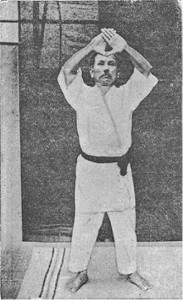
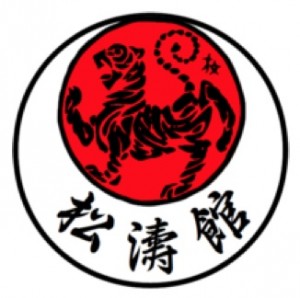
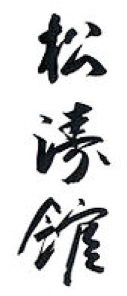

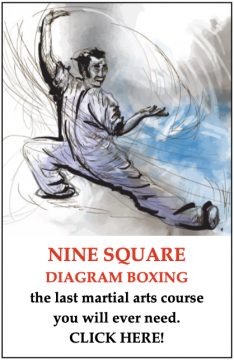


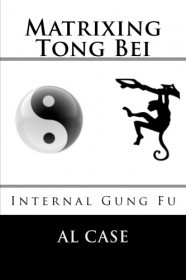

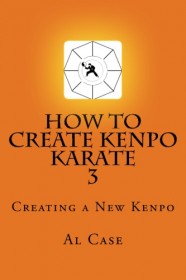

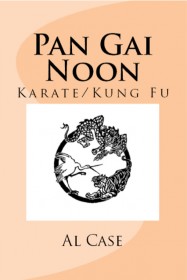
As per your request, I am writing about a slight error. Anko Itosu was Shuri-te rather than Naha-te. Shuri-te is the lineage of Okinawan Karate that uses the Pinan. The Pinan were moves taken from the original Kusanku Kata (before it was fractured)
I trained under ken Carson direct disciple of Nishiyama sensei for over 40 years he passed away six years ago , I still miss him great karate and judo man